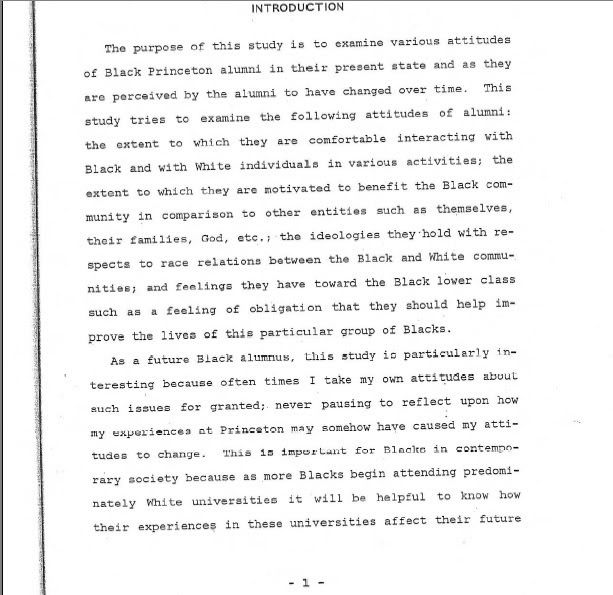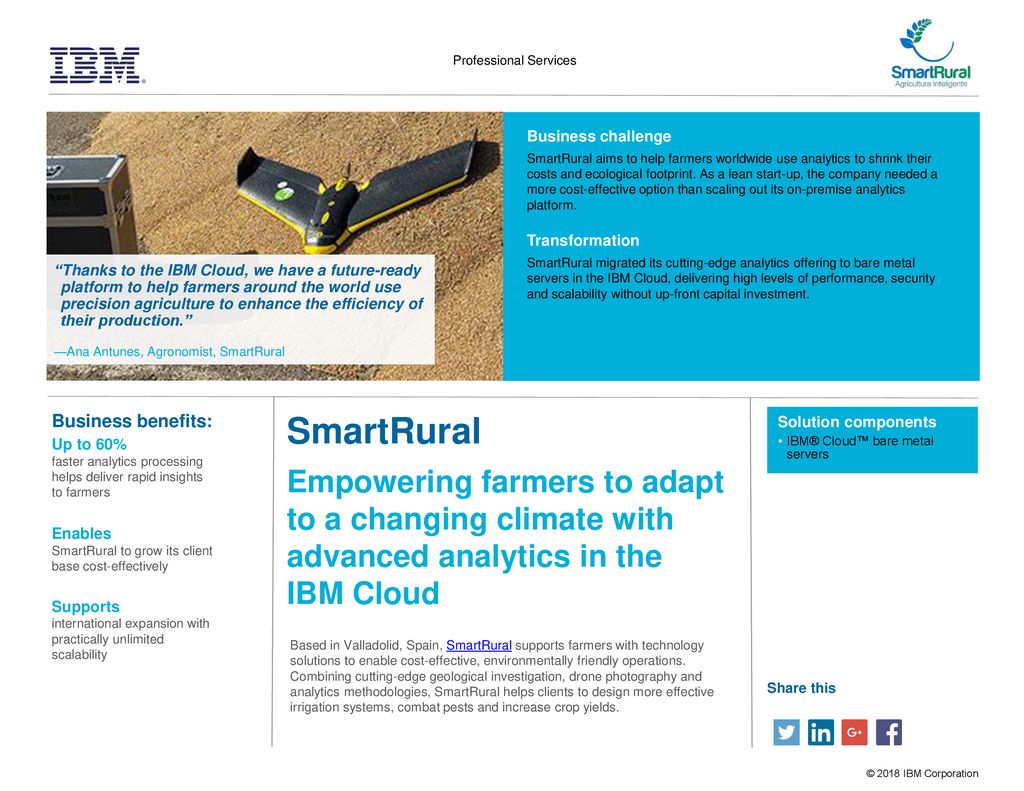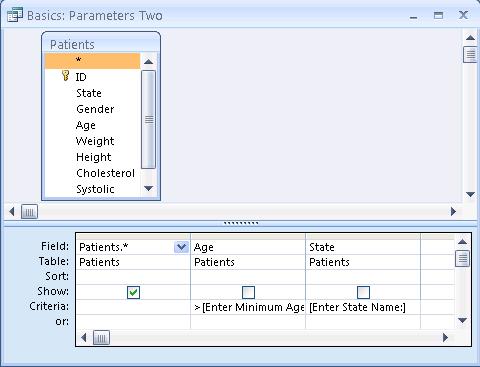Food Groups - KS2 Primary Resources - Twinkl.
Food Groups Revisit this fun Nutrition topic on food groups with your KS2 class by using our fantastic range of primary resources. They include food group games, activities and interactive PowerPoints which look at the five main food groups that children should be consuming each day.
These food group printables have easy to learn basic nutrition facts based on USDA guidelines and promote the importance of all five food groups. Learning sheets, worksheets and fun activity pages promote healthy messages about a balanced meal made of foods from all five food groups. Chef Solus and his kid characters makes learning about the food groups fun.

The 7 main food groups what are they used for and were can you find them?. The triangles are used to describe specific food groups and how many servings of each group are needed daily.

Many foods, such as pizzas, casseroles, pasta dishes and sandwiches, are combinations of the food groups in the Eatwell Guide. With these meals, check the ingredients and think about how these fit with the sections on the guide to help you achieve a balanced diet.

Food chains and food webs describe feeding relationships. The population of species in a food chain is shown using a pyramid of numbers. Organisms in an ecosystem affect each other’s population.

This animated health resource page with lesson plans and teaching tips, teaches K-3 students about eating balanced meals and explores the food groups: vegetables, fruits, grains, protein, and diary.

Food Groups. Displaying top 8 worksheets found for - Food Groups. Some of the worksheets for this concept are What are the different food groups, Work 1 the five food groups circle 1, Food groups, Organize the food group work, Food groups, Chef solus and the explorers introduce the food groups, Lesson 3, The five food groups and nutrition facts.
Learn about healthy and unhealthy food choices with these basic nutrition worksheets and activities. Cut out the pictures of foods. Sort and glue them into two categories: healthy and unhealthy. Color, cut, assemble, and read this miniature book about healthy and unhealthy foods. On each page, students tell whether or not the snack shown is a.

The Five Food Groups and Nutrition Facts (Note to the presenter: Comments in parentheses are instructions to follow while giving the presentation. Do not read the comments to participants. This convention will be followed throughout the notes in this slide show.) (Give give each participant a copy of this presentation, obtained by printing.

Groups 1 - 4: Draw and label some foods in each food group. Use the support sheet to help. Group 5: Cut out the foods from the support sheet and stick them onto this food group sheet. Vegetables Fruit Bread, cereals, and sugary things. (starchy food) Milk, cheese and butter. (fats) Meat and fish. Extension: Add some other foods to the boxes.

Nutritionists often divide foods into groups. Common groups include proteins, grains, fruits and vegetables, dairy products, and fats and sweets.

We love the BBC's brilliant food chains games: Food chain challenge tundra, Food chain challenge savannah, Food chain challenge woodland. Play the food fight game to learn more about food chains (upper KS2) A food chain building game. Answer the questions in the food chain quiz. Make your own food web. Put the plants and animals in the right.

A food group is a collection of foods that have nutritional properties or biological classifications that are almost the same. People have written nutrition guides to put different foods into food groups and recommend daily servings of each group for a healthy diet. Common food groups.




